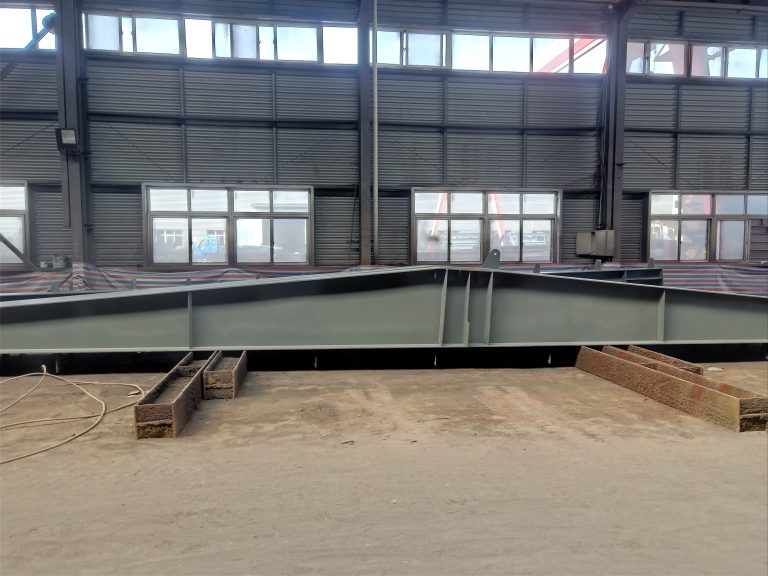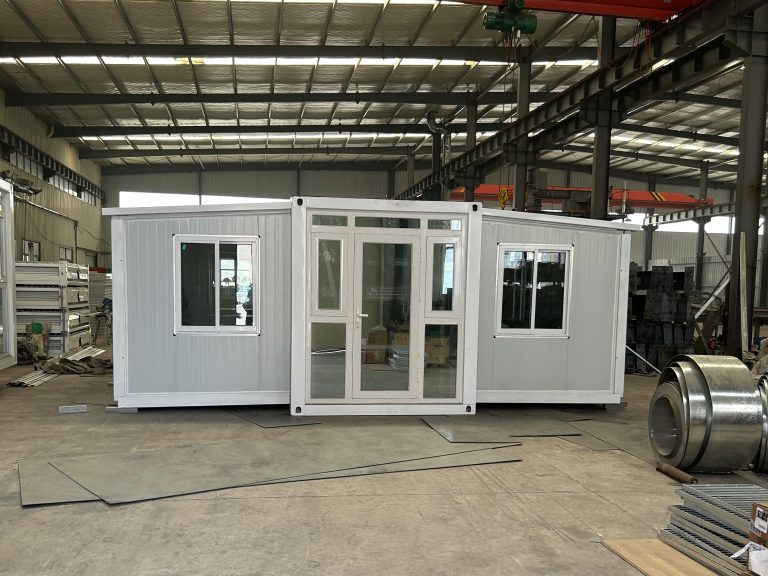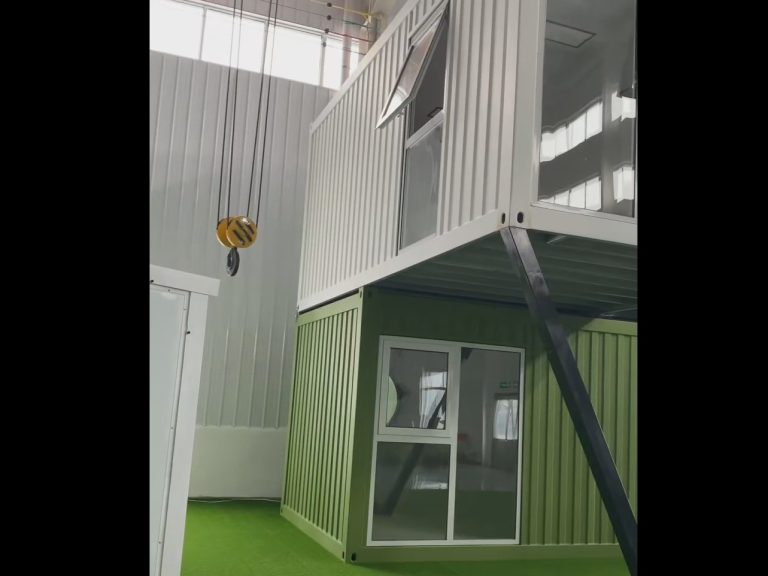Energy Efficiency
Panel sandwich construction is a popular building method that offers numerous benefits, particularly in terms of energy efficiency. This construction technique involves sandwiching a layer of insulation between two layers of structural material, such as metal or concrete. The result is a highly efficient building envelope that helps to reduce energy consumption and lower utility costs.
One of the key benefits of panel sandwich construction is its superior thermal performance. The insulation layer in the panels helps to prevent heat transfer through the building envelope, keeping the interior temperature stable and comfortable. This can lead to significant energy savings, as the building requires less heating and cooling to maintain a comfortable indoor environment.
In addition to thermal performance, panel sandwich construction also offers excellent air sealing properties. The tight seal created by the panels helps to prevent air leakage, which can account for a significant portion of energy loss in traditional buildings. By reducing air infiltration, panel sandwich construction helps to improve indoor air quality and further enhance energy efficiency.
Another advantage of panel sandwich construction is its versatility. These panels can be customized to meet the specific requirements of a building project, allowing for a wide range of design options. Whether constructing a residential home, commercial building, or industrial facility, panel sandwich construction can be tailored to suit the needs of the project.
Furthermore, panel sandwich construction is a sustainable building method that can help to reduce the environmental impact of a construction project. The insulation materials used in the panels are often made from recycled or renewable resources, making them an eco-friendly choice for environmentally conscious builders. Additionally, the energy efficiency of panel sandwich construction can help to reduce greenhouse gas emissions and lessen the building’s overall carbon footprint.
From a financial perspective, panel sandwich construction offers long-term cost savings. While the initial investment may be slightly higher than traditional building methods, the energy efficiency of panel sandwich construction can lead to lower utility bills over time. This can result in significant savings for building owners and occupants, making panel sandwich construction a cost-effective choice in the long run.
In conclusion, panel sandwich construction offers a wide range of benefits, particularly in terms of energy efficiency. From superior thermal performance and air sealing properties to sustainability and cost savings, this construction method is a smart choice for builders looking to create energy-efficient and environmentally friendly buildings. By choosing panel sandwich construction, builders can create comfortable, efficient, and sustainable spaces that benefit both the environment and the bottom line.








